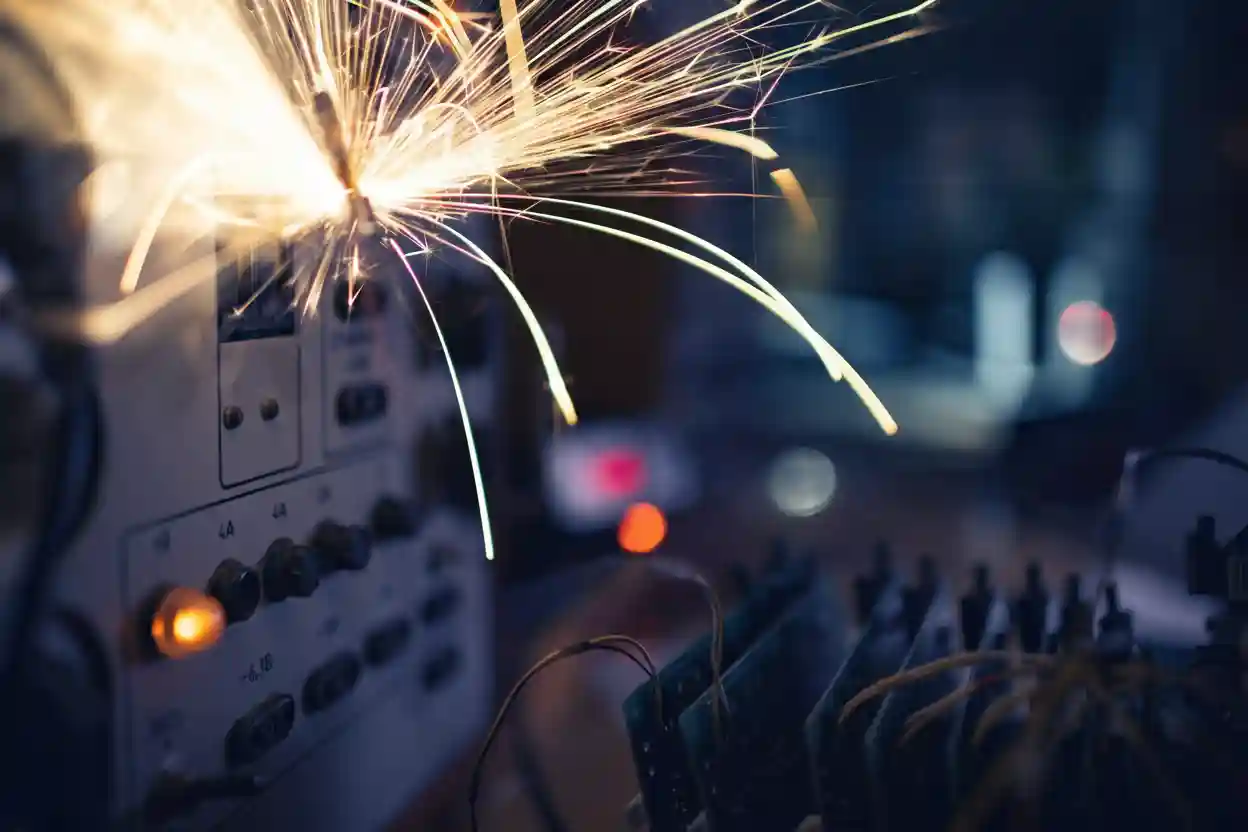Partial discharge might sound like an obscure technical term, yet it represents one of the most insidious threats lurking within electrical infrastructure, a phenomenon that unfolds in microseconds but announces catastrophic failures that can take years to manifest. Like a disease that begins with a single mutated cell, partial discharge starts as a localised breakdown in insulation, a tiny spark in a void or along a surface, barely detectable yet capable of initiating a cascade that ultimately destroys entire electrical systems. Understanding this phenomenon requires us to think not in terms of sudden failures but of progressive deterioration, where each microscopic event contributes to an inevitable decline.
The Nature of the Phenomenon
To comprehend partial discharge, one must first understand what it is not. It is not a complete breakdown of insulation, not the dramatic arc of electricity jumping between conductors. Rather, it exists in the liminal space between perfect insulation and total failure. Partial discharge occurs when the electrical field in a localised region exceeds the dielectric strength of the insulation material, causing a brief, localised electrical discharge that does not completely bridge the gap between conductors.
These events manifest in several characteristic forms:
- Internal discharges occurring within voids or cavities inside solid insulation
- Surface discharges tracking along the boundary between insulating materials
- Corona discharge in gases surrounding high voltage conductors
- Treeing where discharge channels progressively branch through insulation
Each type follows its own pathology, its own pattern of propagation and destruction, yet all share the common feature of eroding insulation integrity through repeated microscopic assaults.
The Progressive Pathology of Insulation Breakdown
What makes partial discharge particularly pernicious is its progressive nature. A single discharge event causes minimal damage, perhaps degrading a few molecules of insulation material. But these events repeat, sometimes thousands of times per second in affected equipment. Each discharge releases energy, generates heat, produces ozone and nitric acid, and physically erodes the insulation. Over time, the cumulative effect hollows out insulation systems from within.
The progression resembles chronic disease more than acute injury. Early stages produce no obvious symptoms. Equipment functions normally. Tests of insulation resistance may show acceptable values. Yet beneath this facade of normality, the destructive process advances. Voids enlarge. Surface tracks deepen. The material weakens. Then, often without warning, what began as microscopic defects culminates in catastrophic failure.
Detection and Diagnosis
Singapore’s approach to high voltage equipment maintenance increasingly emphasises partial discharge testing as a diagnostic tool. According to industry standards adopted in Singapore, “partial discharge measurement provides early warning of insulation deterioration, allowing intervention before complete failure occurs.” This preventive philosophy recognises that by the time conventional tests reveal problems, substantial damage has already accumulated.
Modern detection methods exploit various signatures that partial discharge activity produces:
- Electrical measurements detecting the current pulses generated by discharge events
- Acoustic monitoring capturing the ultrasonic emissions from discharge activity
- Chemical analysis identifying decomposition products in transformer oil
- Optical detection using fibre optics to observe light emissions from discharges
- Radio frequency monitoring tracking the electromagnetic signatures of discharge events
Each detection method offers a different window into the hidden pathology of failing insulation, much as different medical imaging techniques reveal distinct aspects of disease.
The Physics of Progressive Failure
Understanding why partial discharge proves so destructive requires examining what happens at the molecular level. When discharge occurs in a void within solid insulation, the electrical energy breaks chemical bonds in the surrounding polymer. This creates free radicals and other reactive species that attack adjacent molecules. Simultaneously, the discharge generates heat, accelerating chemical degradation. Ultraviolet light from the discharge initiates further chemical reactions. The discharge also produces ozone, which aggressively oxidises organic materials.
These mechanisms operate synergistically, each amplifying the others. Heat increases chemical reaction rates. Chemical degradation weakens material, making it more susceptible to erosion. Physical erosion enlarges voids, increasing the voltage stress in remaining material. The process feeds upon itself, accelerating toward inevitable failure.
Risk Factors and Vulnerable Systems
Not all electrical equipment faces equal partial discharge risk. Certain conditions predispose systems to discharge activity and accelerate deterioration:
- High operating voltages that create intense electrical fields
- Manufacturing defects introducing voids or contaminants into insulation
- Thermal cycling causing mechanical stress and creating cavities
- Moisture ingress lowering dielectric strength
- Chemical contamination degrading insulation properties
- Mechanical vibration and stress concentrating electrical fields
Singapore’s tropical climate presents particular challenges. High humidity can penetrate insulation systems, dramatically reducing dielectric strength. Temperature variations cause thermal expansion and contraction, potentially creating voids or separating interfaces where discharges can initiate.
Intervention Strategies
Once partial discharge activity is detected, the question becomes one of prognosis and treatment. How rapidly is degradation progressing? What intervention might arrest or slow the process? When does the cost and risk of continued operation exceed the cost of replacement?
Intervention options include:
- Enhanced monitoring to track progression rates
- Environmental controls reducing moisture and contamination
- Load reduction decreasing electrical stress
- Scheduled replacement before catastrophic failure
- Complete system overhaul addressing root causes
The decision parallels medical treatment choices: watchful waiting, palliative care, or aggressive intervention. Each approach carries risks and costs that must be weighed against the consequences of inaction.
The Imperative of Early Detection
Perhaps the most crucial lesson from decades of studying partial discharge involves the importance of early detection. By the time discharge activity becomes obvious through conventional testing or equipment behaviour, substantial damage has accumulated. The window for effective intervention narrows as degradation advances.
Modern maintenance philosophies therefore emphasise condition-based monitoring rather than reactive maintenance. Continuous or periodic partial discharge monitoring provides the early warning necessary for optimal intervention timing. This approach transforms maintenance from crisis response to managed prevention.
The invisible threat of partial discharge demands vigilance, sophisticated detection, and prompt intervention to prevent the catastrophic failures that represent the endpoint of this insidious process.



